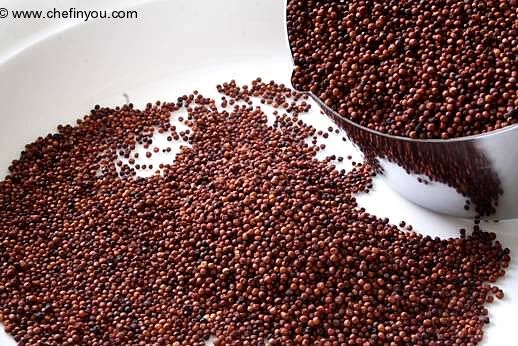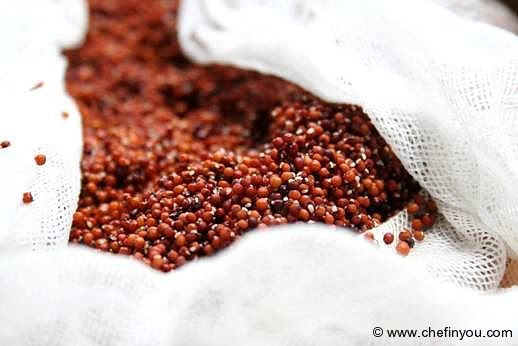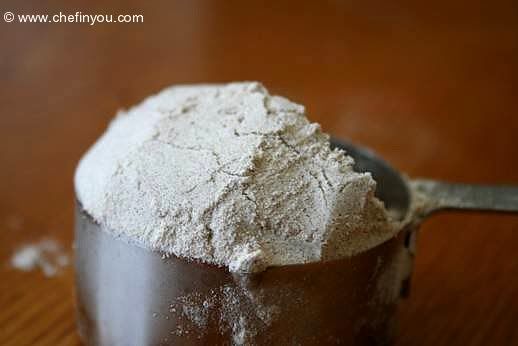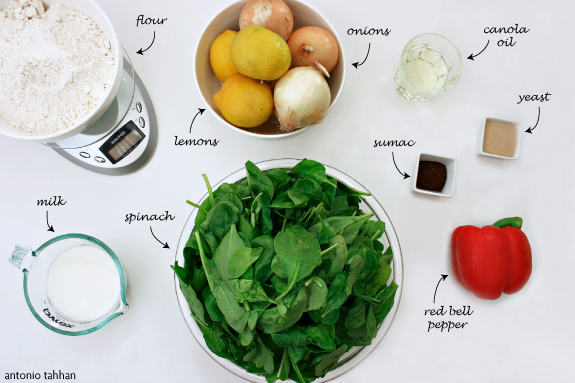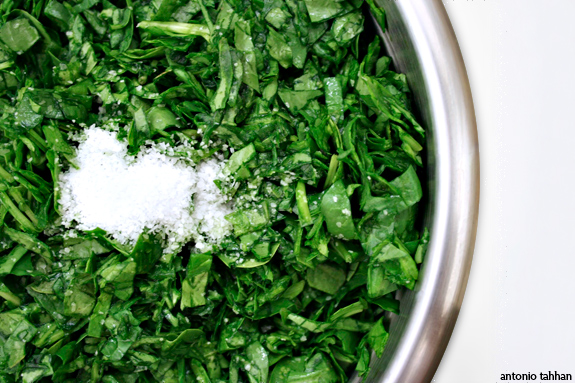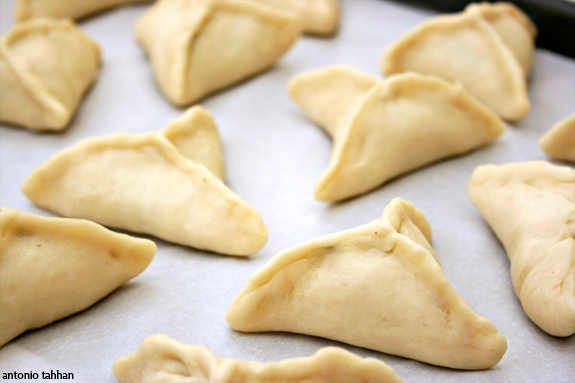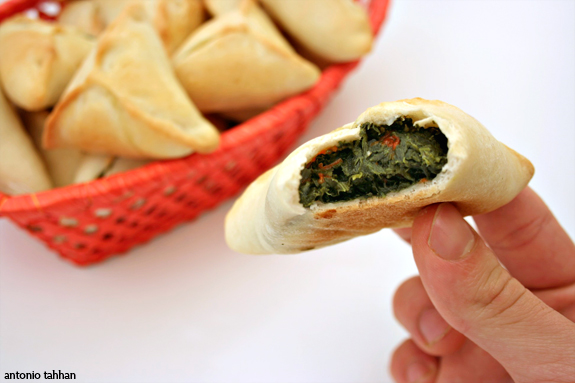MULTICULTURAL FAMILY, MULTICULTURAL KITCHEN
Ah, my sweet little boys; born in France to a French (Catholic) father and an American (Jewish) mother and brought to Italy at the tender ages of 1 and 3 to spend 7 years learning to become Italian before moving back to France. Life is a dream, life is full of wonder and life is tough and confusing. Caught between all of these various worlds, struggling to juggle conflicting identities, find common cultural ground, muddling through the learning process of cultural identity, my two boys became true mini-cultural melting pots.

Children soak up language and culture like tiny sponges. They pick and choose what suits, copying friends, trying to fit in, asking questions, accepting or refusing. We struggled as well, trying to guarantee that they spoke all necessary languages, were able to slide into one culture or the other as we traveled, moved around or spent time with family, trying to give them a bit of Opera or quality cinema and good books alongside the Italian love of football (soccer) or the schoolyard passion for Ninja Turtles or Space Rangers, the teen craze for American skateboarders or bands. But how do we, those of us raising multi-cultural children (and there are more and more of us out there), how do we instill a sense of self, an identity? How do we keep our own culture alive and pass it on to the next generation? I ended up turning to what I know best: food.
Culture and cooking are as intertwined, as necessary to one another, the old saying goes, as a horse and carriage or love and marriage, and, for us foodies, as are marshmallows and hot cocoa, peanut butter and jelly, tomato and mozzarella. They are so intertwined that we can’t tell which is more necessary to the other, which came first, each one infusing the other with spice and vitality and maximizing the qualities of the other.
 My father-in-law in front on his shop in the suburbs of Paris.
My father-in-law in front on his shop in the suburbs of Paris.
Culture is expressed in both what and how we eat: from ingredients to cooking method to the way it is served and how mealtimes are arranged. Most of us, whether we realize it or not, conscious gesture or not, express our culture everyday by what we prepare. An Italian or Chinese home is found on the dinner table, whether that table is found in Rome or Beijing, London or New York or Sydney. We may travel the world, move from one country to another, but one thing we all carry with us, the one aspect of our culture that generations of immigrants have kept close to their hearts, loathe to leave behind, is our cuisine and the rituals that surround it. Through our cooking, we remind the children, grandchildren and generations of family to come who we are, where we came from and, whether that culture is ethnic, religious or even political, it is how we keep our culture alive. Each time we gather around the table, this ritual, this eating together strengthens bonds between individuals, whether family or friends, as well as between generations, and we become part of a community.
 Dinnertime with my family in Florida, mom, grandma, brother and sister, aunt and cousins, gathered for Michael's Bar Mitzvah.
Dinnertime with my family in Florida, mom, grandma, brother and sister, aunt and cousins, gathered for Michael's Bar Mitzvah.
Like most Americans, I am a mere two generations from the Old Country. I grew up straddling two cultures, two culinary worlds, sandwiched somewhere between the Steak and Potatoes and the Cabbage Soup and Pastrami, the Apple Pie and the Apple Kugel, the Hot Dogs and Cole Slaw and the Chicken Soup and honey drizzled over warm, fresh Challah. I always took these things for granted, never questioning why we ate what we ate. Yet marrying a Frenchman, a man raised on
blanquette,
daube and
baguette smeared with Camembert, raising my own kids in a new, foreign place, I realize the enormity of the balancing act that it is, trying to keep them at home culturally while letting them discover new worlds. My sons have grown up with several cultures, sometimes in harmonious joy, sometimes clashing like warring factions. I have tried to bring something of each culture to the table, explaining origins, history, family lore as I set each dish before them. I have tried to keep the continuity of family history alive through the ceremonies and holiday meals. There is also something so comforting in re-creating and eating what is so familiar. Through all of this, I hope something has been brought home to them, I hope that they feel their roots just a little bit with each mouthful.
 Sarah & Shapsa, my great-great grandparents, photograph taken in Russia before their emigration to the US in the 1890's.
Sarah & Shapsa, my great-great grandparents, photograph taken in Russia before their emigration to the US in the 1890's.
You see, each time I open a cookbook and choose a recipe, each time I grab my shopping basket and head out hoping to find a particular ingredient, I think of my ancestors newly arrived on American shores trying to figure out how to cook; unusual ingredients, new-fangled cooking methods, trying to adapt Old World habits to New World offerings. Things formerly taken for granted have become rare jewels, family favorites metamorphosing into something foreign before transforming into tradition. Like those immigrants of old, I do what I can with what I have and hope that something survives.
Lamb Tagine with Prunes, Almonds and Honey is a family favorite, a wonderful dish I make all year round, yet special for the Jewish New Year, which is right around the corner. I have adopted this sweet dish as my very own for this holiday (the honey and the prunes promising a round, sweet year), creating a new family tradition, one steeped in the North Africa culture rather than my own. And it reminds my husband of his years living in Morocco, a culinary culture he fell in love with.
 AGNEAUX AUX PRUNEAUX: LAMB WITH PRUNES
AGNEAUX AUX PRUNEAUX: LAMB WITH PRUNES
1 large yellow onion, chopped
2 cloves garlic, finely chopped
A few tablespoons vegetable oil for cooking
2 – 2 ½ lbs (1.2 kg) boneless lamb, excess fat removed and cut into large cubes
Salt and freshly ground pepper
½ tsp saffron powder or turmeric
1 tsp ground ginger
¼ tsp ground nutmeg
½ lb (250 g) pitted prunes, or more as desired
Handful (about 2 oz/60 g or more) of blanched whole almonds
2 tsps ground cinnamon
3 Tbs honey
In a large, heavy-bottom pot with a lid, heat the oil and then fry the chopped onion until it starts to soften and become translucent. Add the chopped garlic and continue to fry until the onion and garlic are soft and just golden.
Add the cubes of lamb and sauté, tossing to guarantee even browning, until lightly browned all over. Add the saffron, ginger and nutmeg, salt and pepper generously.
Add enough water to cover the meat, stir well, and bring up just to the boil. Turn down the heat, cover the pot almost completely and allow to simmer for 1 hour 20 minutes. The meat should be tender. Check every now and then, adding water as needed (remember, if too much water boils away, there will be no delicious sauce! You can always thicken it up a bit at the end of the cooking.).
At the end of the 1 hour 20 minutes, add the prunes, almonds, cinnamon and the honey, stir and continue simmering for another 15 – 20 minutes. Taste and add more freshly ground black pepper to balance the sweetness, or a tad more honey if desired.
Serve over hot couscous grains.
This tagine is fabulous reheated the next day, as the sauce thickens and the flavors meld.
Are you interested in contributing to The Daily Tiffin? Drop us an email: thedailytiffin@gmail.com. We look forward to hearing your ideas.
This post was
written by Jamie


